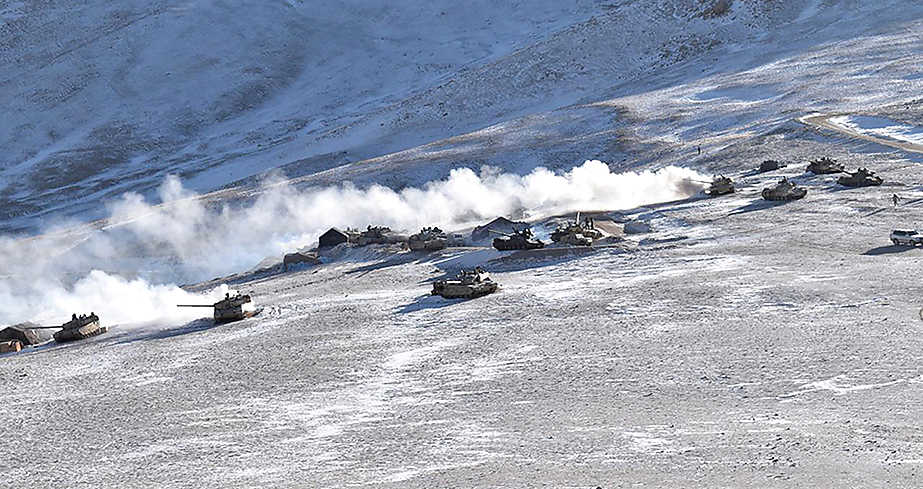Free Courses Sale ends Soon, Get It Now


Free Courses Sale ends Soon, Get It Now



Copyright infringement is not intended
Context: With the experience of deploying armour at an altitude of 15,000 ft. to outmanoeuvre the movement of Chinese forces during the stand-off in eastern Ladakh, the Indian Army is prioritising the procurement of the indigenous Indian light tank named ‘Zorawar’, for deployment in the mountains.
Why does the Indian Army need light tanks?
What is the Indian Army looking for?
https://epaper.thehindu.com/Home/ArticleView
© 2024 iasgyan. All right reserved